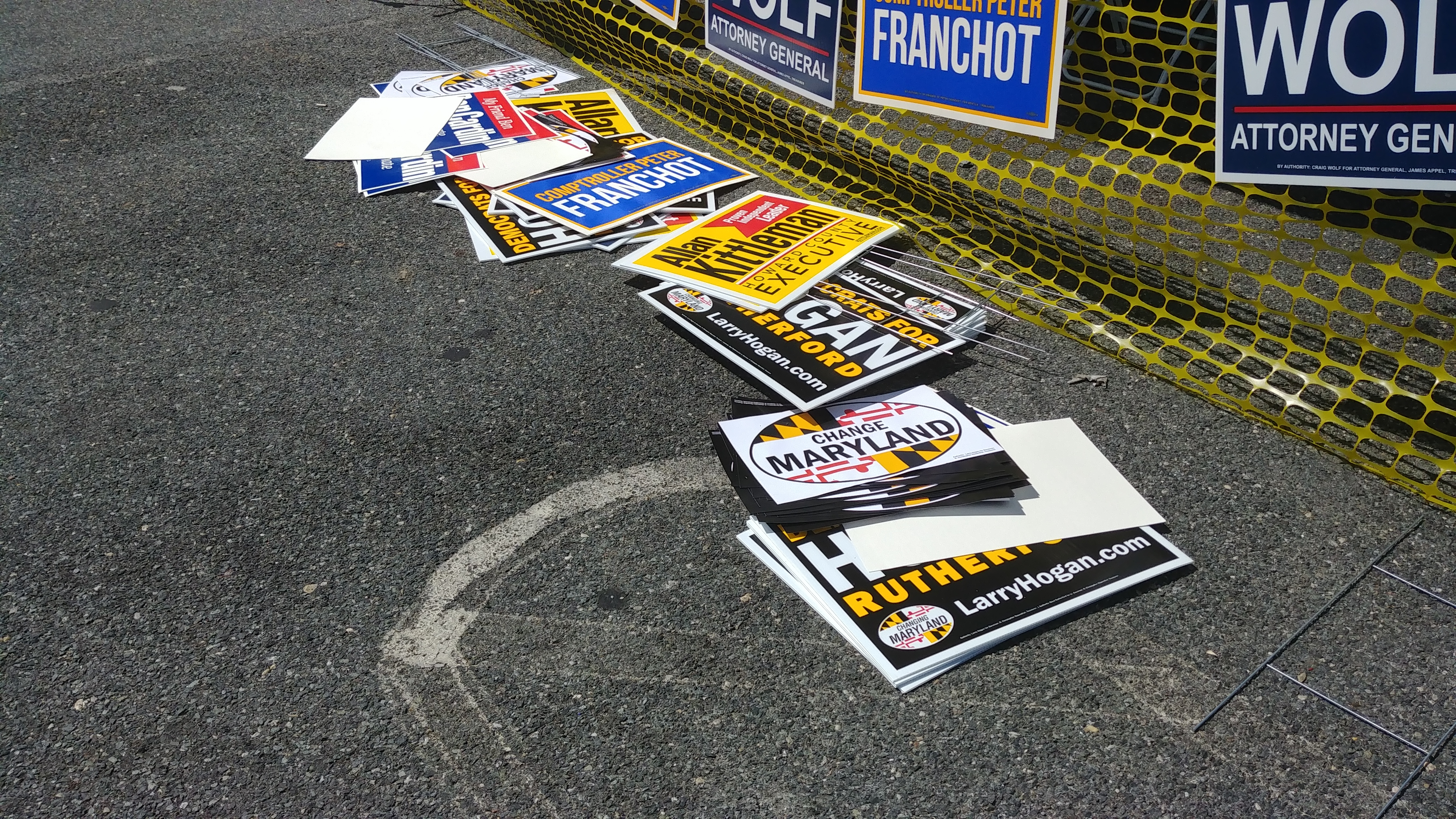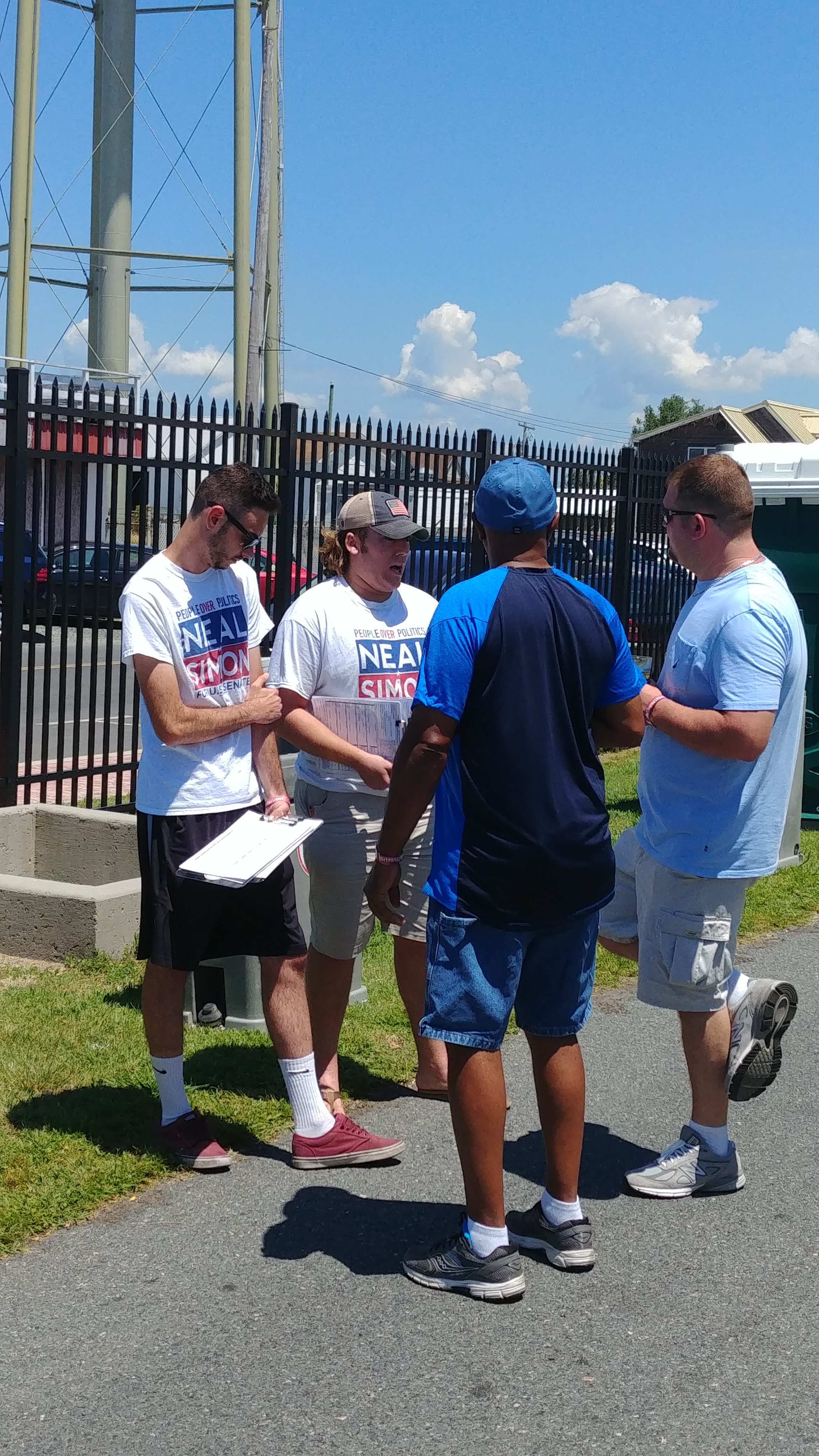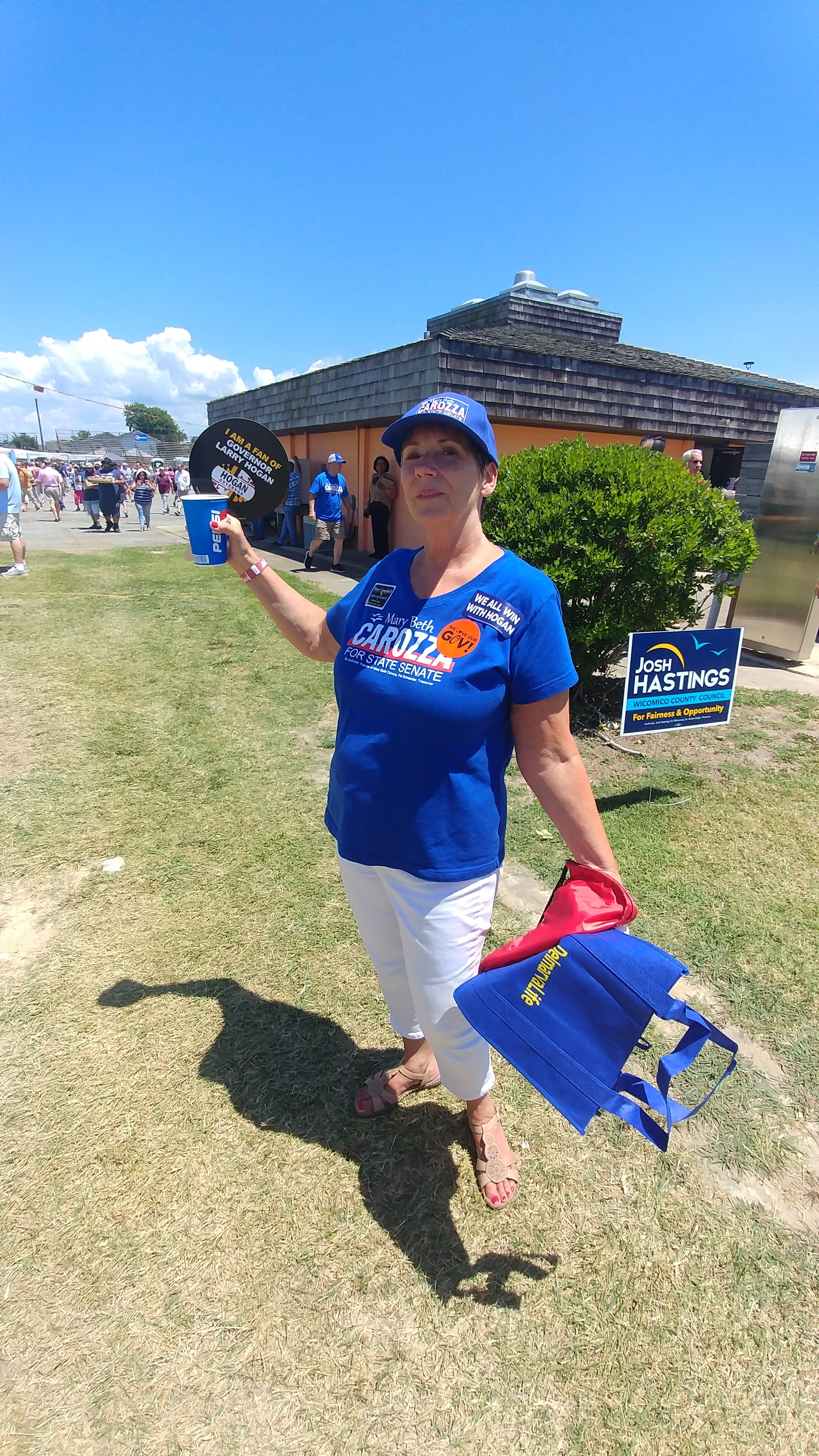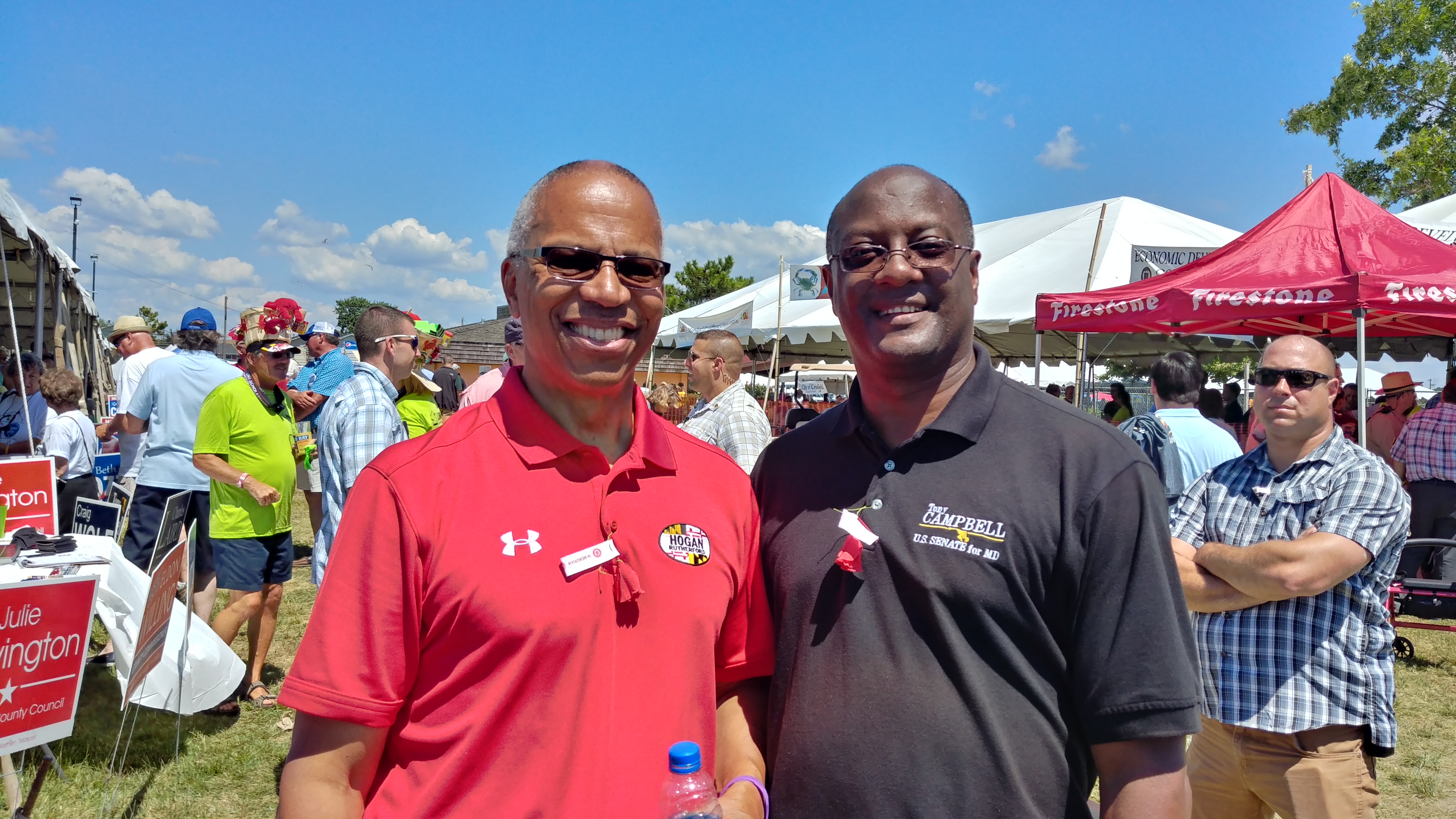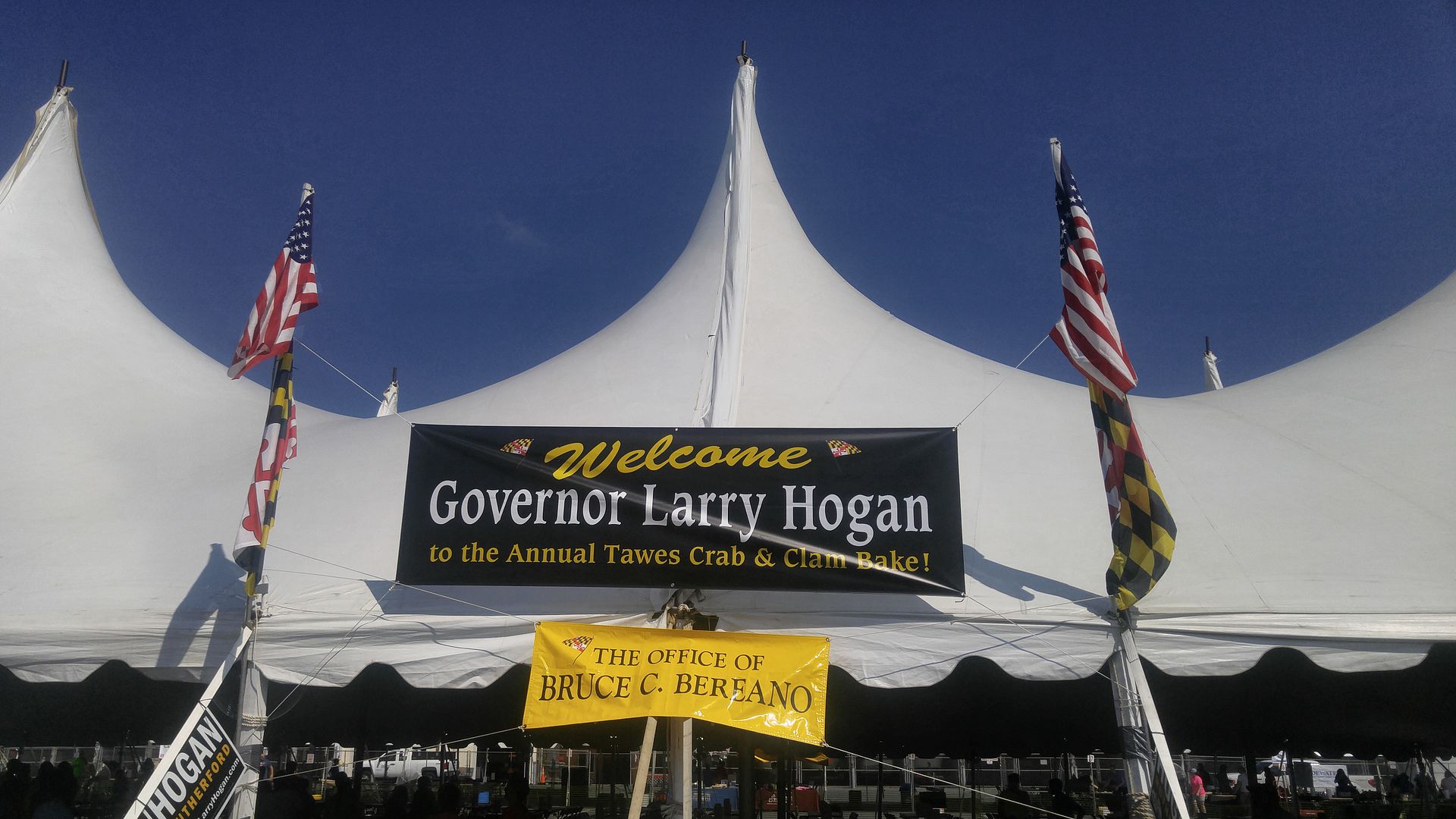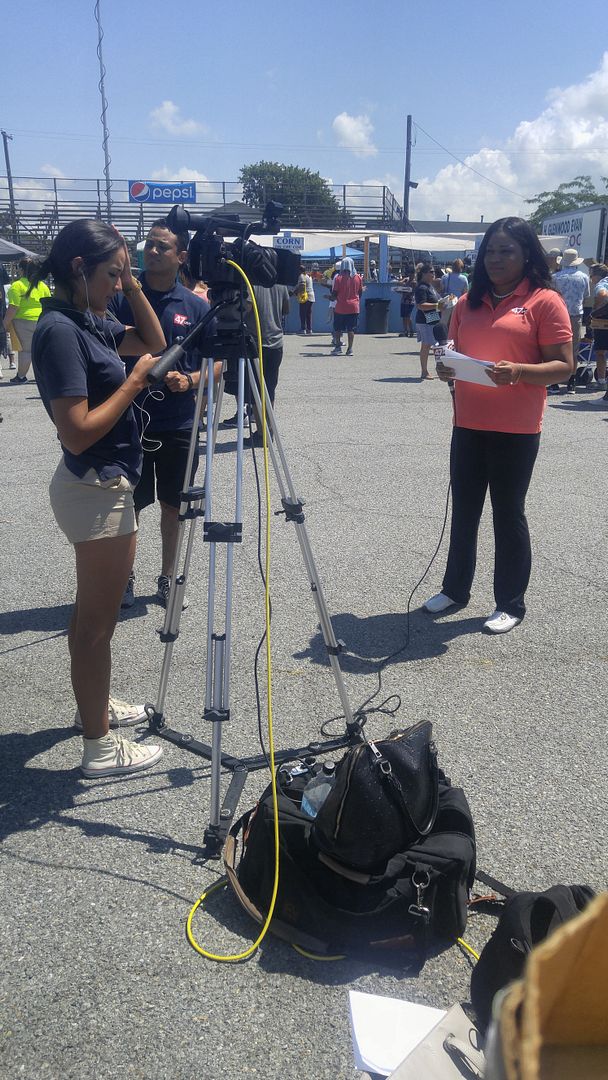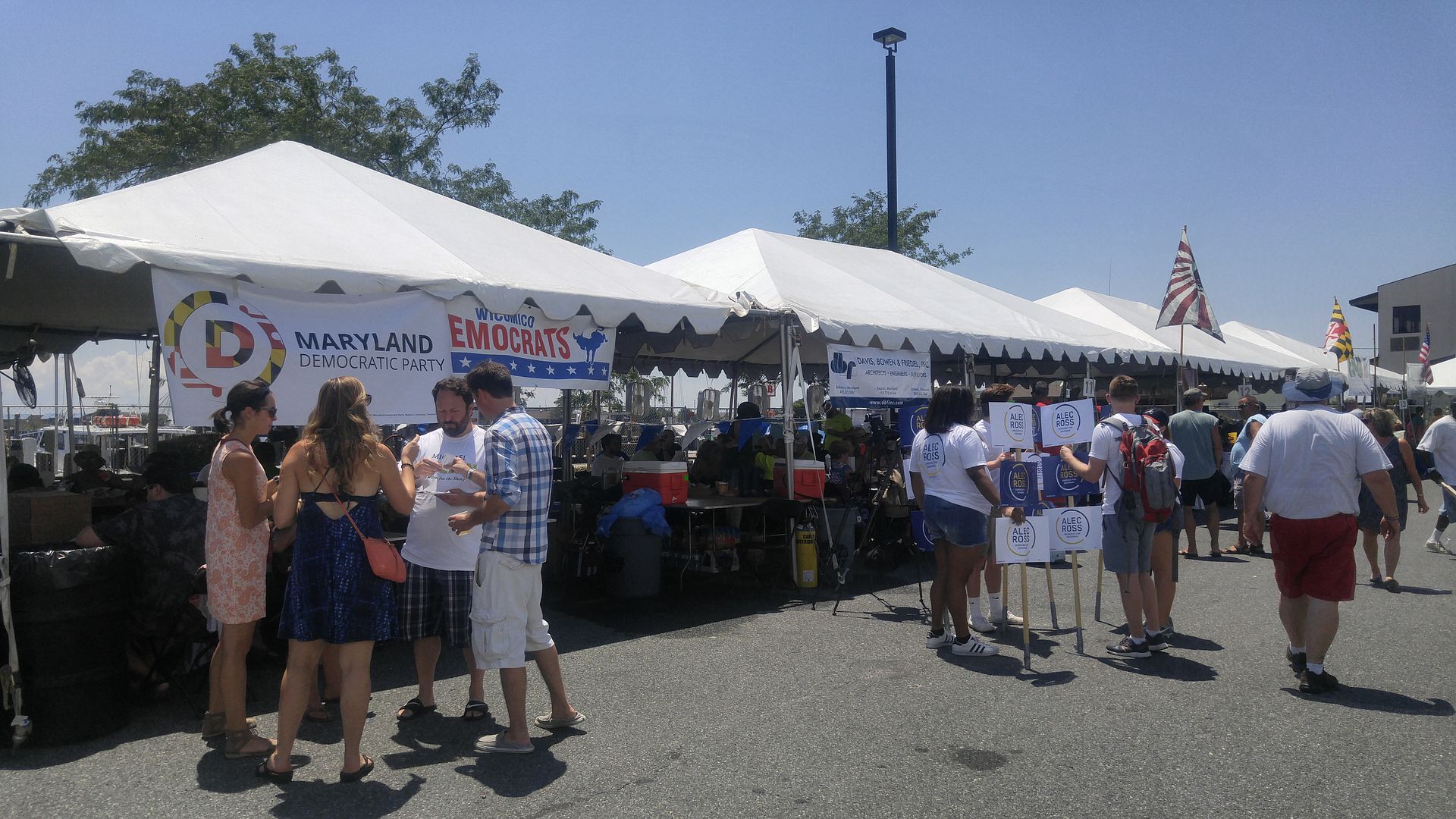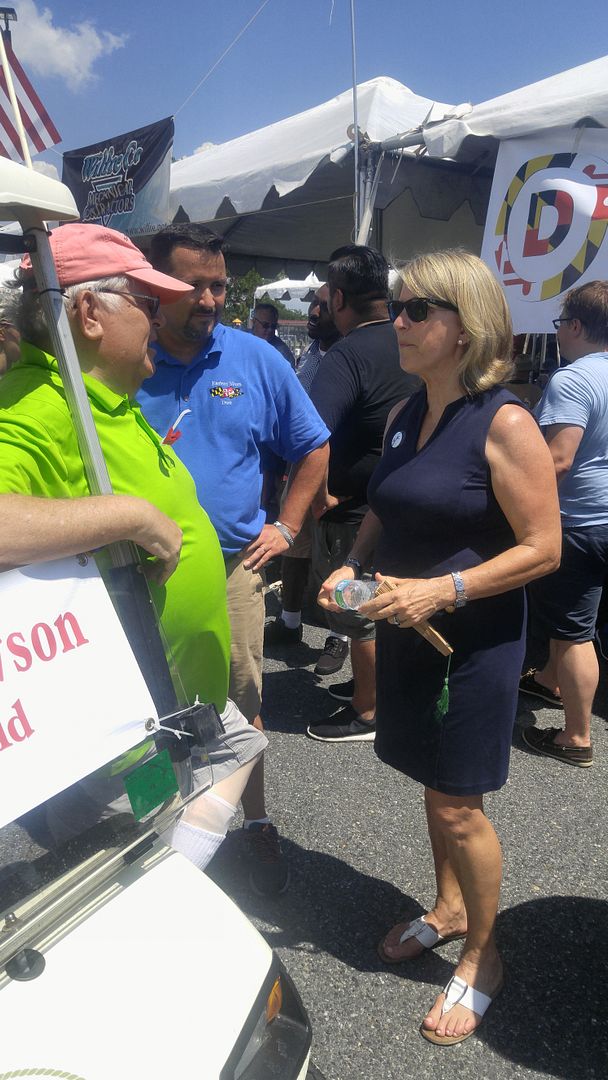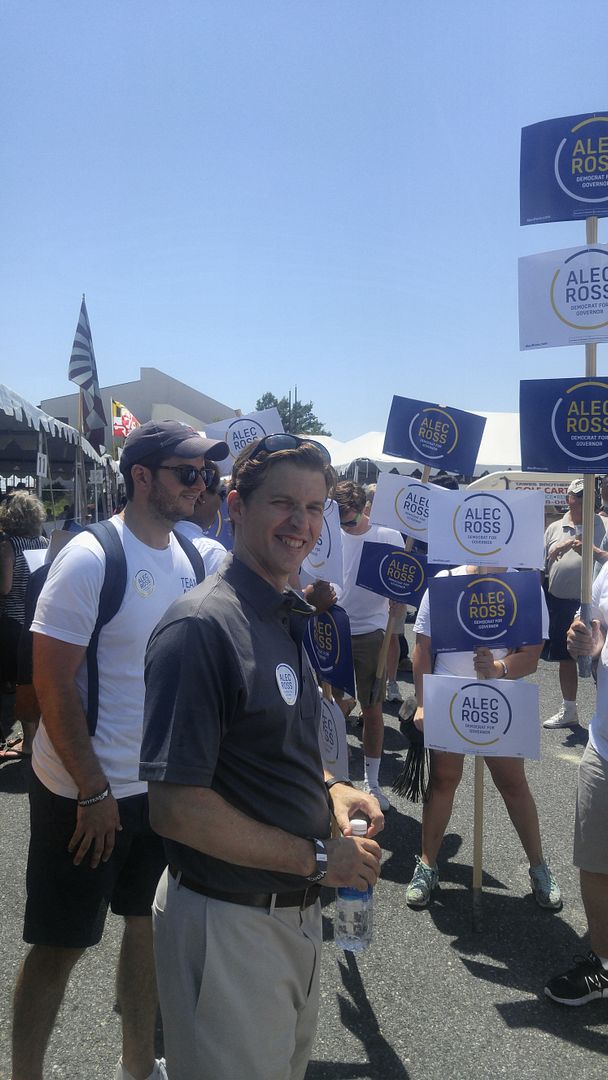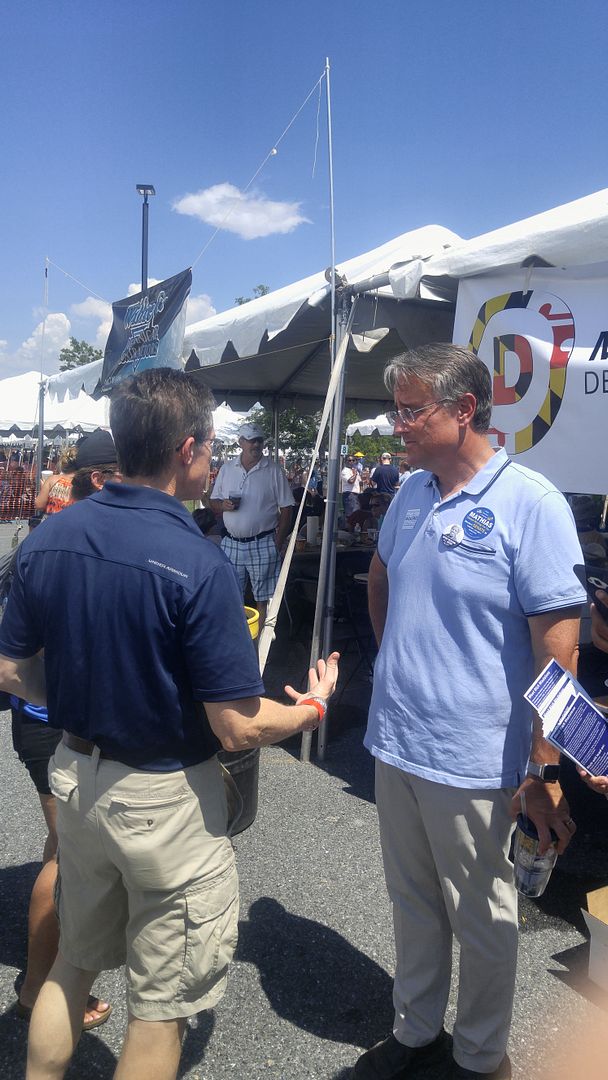It’s been nearly a year since I did one of these, but let me assure you that I’m not digging up a lot of chestnuts from my e-mail bag. There are just a few things which have piqued my interest lately and deserve a mention, whether it be a few sentences to a handful of paragraphs. It’s like riding a bike – you don’t forget how to do it after enough times.
Miss #FliptheFirst almost flips the race
I thought for a bit that, after the winding down of Red Maryland, I might have to step into the breach temporarily with popcorn in hand to witness the glory of having the candidate who won the First District Congressional primary despite withdrawing try to convince the twelve Democrat Central Committees involved to pick the only other candidate who lives in the district – but who finished a distant third – over the second-place finisher.
Alas, the late-arriving mail-in votes vaulted Mia Mason to a narrow victory over Allison Galbraith in the First District Democrat primary. Early on, it appeared the Allison may have won the race despite announcing her withdrawal six weeks ago for personal reasons. Had she not dropped out, it’s clear Allison may have won her primary on a scale comparing with Andy Harris’s 82-18 win in the GOP primary against challenger Jorge Delgado.
(By the way, have you ever noticed that Republicans who say how tired they are of Andy Harris don’t turn out in droves to the primary? Andy has never received less than 75% of the GOP vote since taking office in 2010, although he’s had at least one challenger in each primary election since 2014. I guess you can call it a silent majority.)
Mia is going to have a very reluctant supporter in Allison. On her campaign social media page Galbraith charged that, “Mia, she’s just playing pick a district and hasn’t been filing any of her FEC reports properly. She also called the state party and told blatant lies about me saying I had somehow ‘intimidated’ or ‘pressured’ her by offering her a job because she happens to be good at field. Her ethics, less commendable.”
If it were a more fairly-drawn district I would keep out the popcorn, but to know that Mason could have ran in her own district and has few ties to the Eastern Shore means the local Democrats will have a harder time backing her.
Good reads on energy
I’m going back to the B.C. era (before coronavirus) on this, but over the last few months the folks who write the Energy Tomorrow blog have also linked to some other good pieces which found their way to media.
For example, the good news about natural gas gets very little play as we try and force-feed solar and wind power on the energy market. “It would be hard to find anything NOT to like about this great American success story,” writes Stephen Moore, “(Now we have) energy independence, reliable and inexhaustible supply, low prices, reduced power of the Middle East, Russia, and other OPEC nations, and cleaner air than at any time in at least a century.” But the environmentalists whine because natural gas is “a hurdle” in their zero-carbon goal, which is unattainable until that day we figure out how to make the wind blow constantly at just the right speed and sun shine 24 hours a day – in other words, the twelfth of never.
Yet they talk about a fracking ban on the Left, and despite the fact Joe Biden hasn’t publicly stated he’s for a ban that will change if he wins the election. He’s already promised a de facto ban by pledging he would be, “Requiring aggressive methane pollution limits for new and existing oil and gas operations.” By making compliance expensive and cumbersome it would create the same effect as a ban: imagine you liked ice cream enough to produce it, but the government told you that you had to make sure the cow farts didn’t reach the atmosphere with expensive equipment attached to their behinds to collect their “residue.” That cost has to come from somewhere and reducing profit makes for a lot less incentive to stay in business. (And it’s not like the energy industry doesn’t want to improve its record since methane sent into the atmosphere is methane we can’t use for profitable purposes.) So, yeah, it would cripple our economy and this study documents how much. (Bear in mind it, too, was conducted B.C.)
A voice of reason on Biden
Last summer I did a radio interview with Kansas-based host Andy Hooser, who bills himself as the “Voice of Reason.” Since he has an Ohio connection and is a pretty good self-promoter, I’ve kept following his efforts as he went from terrestrial show to podcast to a bid for a syndicated national show.
But the reason I bring him up now is his long summary of the Joe Biden campaign as it begins in this brave “new normal” world. It’s a rather in-depth opinion from a different kind of pundit and he made a number of good points.
Denied access
In the past I have often voted for Libertarian Party candidates when their views meshed with mine moreso than the ones of the RINO on the ballot. Yet thanks to the reigning D vs. R duopoly, oftentimes the Libertarians and other minor parties – including the Constitution Party, which I’ll get to in a minute – have to waste valuable resources maintaining a ballot position whereas the majors don’t.
Back in March, the two leading minor parties in Maryland realized they would have an issue with petitioning their way onto the ballot thanks to the Wuhan flu; despite being allowed to collect electronic signatures they sued the state last month.
Maryland’s petition law is daunting, and it shouldn’t really be necessary: as of the last report which listed the Greens and Libertarians (january 2019), the LP had over 22,000 registered voters with their party and the Greens 9,262. One would think those should be automatic signatures with their registration, meaning that only the Greens would have to collect 738 signatures from non-party members to qualify. Delaware has a much simpler and fairer system of ballot access based on voter registration numbers, requiring just 1/10 of 1 percent of voters to be listed. (At present there are six ballot-eligible parties in Delaware, the largest besides the two major parties being the Independent Party of Delaware, or IPOD.) Here the Libertarians are in like flint; however, the Green Party is actually about 20 short at the moment. (Besides Rs, Ds, Ls, and IPOD, the other two eligible are the American Delta Party and Nonpartisan.)
Blankenship is their man
Since I voted for and registered with the Constitution Party, I should let you know they selected Don Blankenship as their Presidential nominee. Unfortunately, the problem with smaller parties is that they often pick out self-serving people as their nominee and I get that impression with him. Rather than the issue-based platforms of most political candidates, I see a lot of filler on Blankenship’s website. I don’t know if he really believes the Constitution Party platform or just sees the party as a way to serve his vanity run. But then I wasn’t a delegate to their convention last month and that’s where he was selected.
So, since I’m looking for the best person regardless of party, later this summer I will have to resurrect my issue-based search for the best candidate. I’m not sure this Don is my guy, either. This is especially true when compared to the common sense the CP’s last nominee espoused in response to the coronavirus.
Advice worth taking
Speaking of Presidential candidates and advice, my last Republican choice has written a smart op-ed about the pitfalls of businesses becoming too “woke” and alienating millions of consumers. It’s a shame this Bobby Jindal piece ran before the whole George Floyd episode because we’re seeing that on steroids right now.
Now I know conservative groups have wanted to boycott this or that for the last generation, but that really doesn’t work as a focused campaign. It’s the business side that Jindal appeals to, concluding, “businesses threaten to undermine the very conservative coalition that stands between them and ruinous policies on the Left.” I really don’t want those “ruinous policies,” thank you.
Programming notes
It’s taken a long time and quite a few turns, but I’m going to make an effort to finally finish my Indivisible series as my next or second-to-next post. I need to put it to bed.
In the meantime, I’m adding a personal page to this website. I’ve often referred to my faith in these posts and on social media, but never really detailed how I got there. This new page will serve as my testimony and if it brings even just one reader to our Lord and Savior Jesus Christ it’s worth placing.







